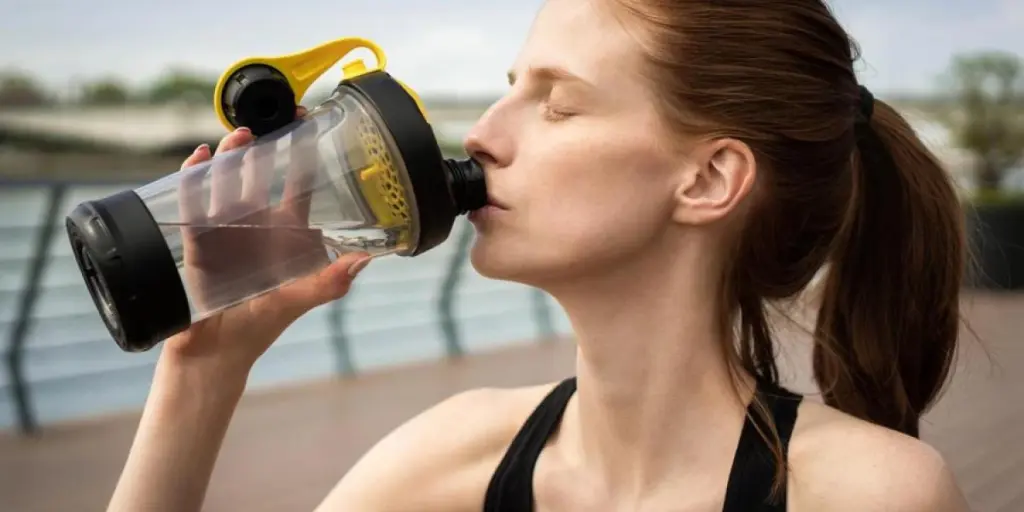In 2024, the selection of a water bottle transcends mere preference, evolving into a decision that significantly impacts health, environmental sustainability, and lifestyle adaptation. With heightened awareness around the ecological footprint of single-use plastics, consumers are gravitating towards more eco-friendly, reusable options. The market’s response has been a surge in innovative designs, integrating health-conscious materials and advanced technology for enhanced user experience. This shift is not only a reflection of growing environmental consciousness but also a testament to the evolving needs of an increasingly health-aware and mobile society. Thus, choosing the right water bottle has become a crucial aspect of daily life, balancing practicality with responsibility and personal well-being.
Table of Contents:
1. Market overview
2. Different types and their features
3. Things to consider when selecting products
1. Market overview
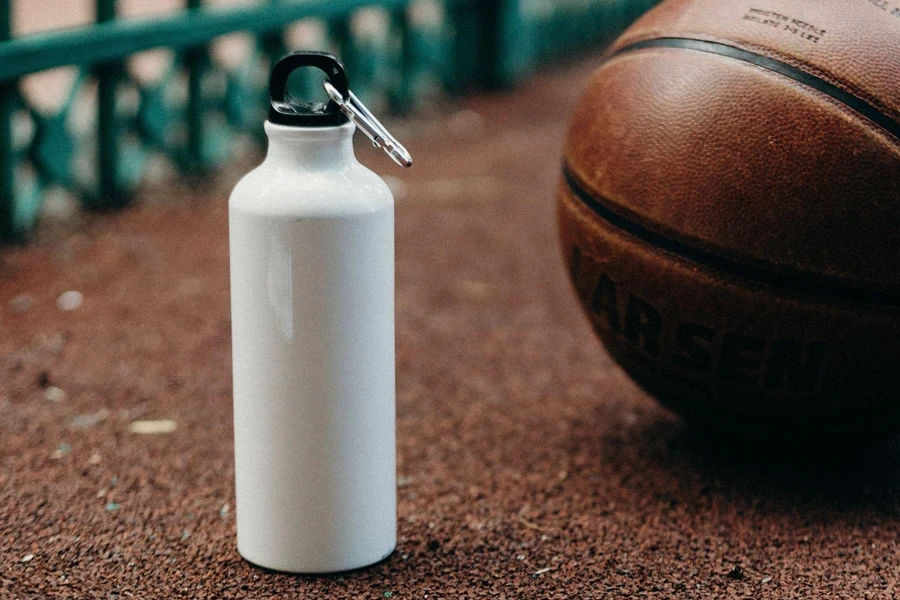
Market scale and growth:
The water bottle market, particularly in the United States, has shown a robust growth trajectory. The revenue in the Bottled Water market in the United States stood at approximately USD 94.1 billion in 2023. This market is expected to grow steadily at a Compound Annual Growth Rate (CAGR) of 6.34% from 2023 to 2027, projecting a significant increase in market volume to USD 120.3 billion by 2027. This growth is indicative of the increasing demand for water bottles, driven by a combination of factors, including health consciousness and environmental awareness among consumers.
Market shares and key players:
In the context of market shares and key players, the United States currently leads the global market in revenue generation in this sector. With a market revenue of USD 94.1 billion in 2023, it surpasses other key regions. However, specific information about the market shares of individual key players in the water bottle industry is not immediately available from the sources consulted. It is inferred that the market is highly competitive with several prominent players contributing to its growth.
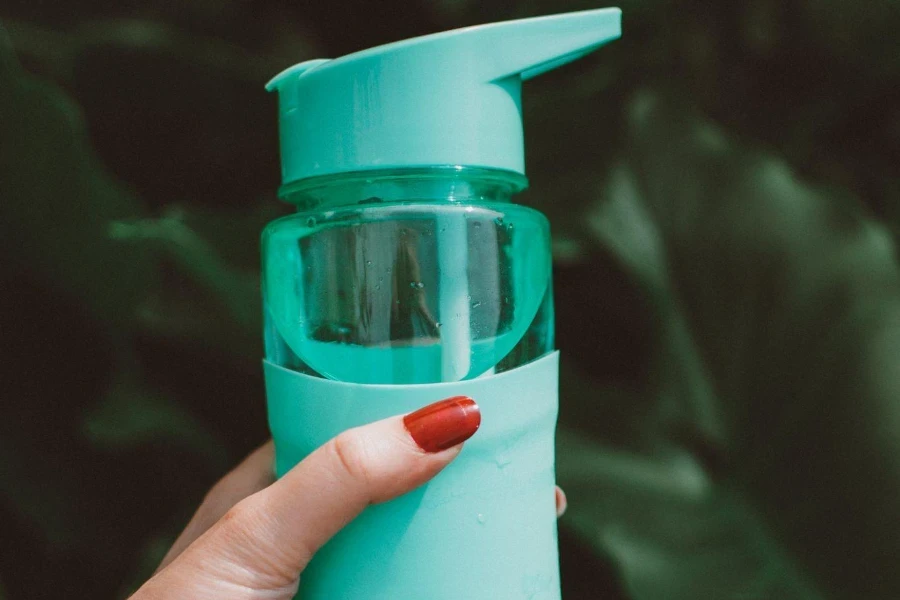
Market changes and trends:
A significant trend in the water bottle market is the surge in demand for premium and flavored bottled water options. This trend reflects a shift in consumer preferences towards products that offer added value, such as enhanced taste or health benefits. Additionally, there is an observable trend towards eco-consciousness among consumers, which is influencing the market dynamics. This shift is pushing manufacturers to innovate and offer products that are not only functional but also environmentally sustainable.
2. Different types and their features
Plastic water bottles:
Plastic water bottles are known for their versatility and affordability, making them a popular choice among consumers. However, they carry significant health and environmental concerns. The use of certain plastics, especially those containing BPA, poses health risks due to the leaching of harmful chemicals. On the environmental front, plastic bottles contribute to landfill waste and ocean pollution. Despite these drawbacks, advancements in eco-friendly plastics, like biodegradable and BPA-free options, are addressing these issues, offering safer and more sustainable alternatives.

Glass water bottles:
Glass water bottles offer a distinct advantage in taste purity, as they do not impart any flavors to the water. They are also free from chemicals commonly found in plastics. However, their major drawbacks include fragility and weight. Glass bottles can easily break when dropped and are generally heavier than their plastic or metal counterparts. To combat this, recent innovations have introduced more durable glass bottles with protective silicone sleeves, enhancing their practicality for everyday use.
Stainless steel bottles:
Stainless steel bottles are praised for their durability and health safety. They do not leach chemicals and are generally considered safe for repeated use. It is highlighted that recent advancements in stainless steel bottles include insulated options that keep beverages hot or cold for extended periods. This insulation also prevents condensation on the bottle’s exterior, making it more convenient to carry. Stainless steel bottles are a popular choice for those seeking a durable, long-lasting, and safe option for their hydration needs.
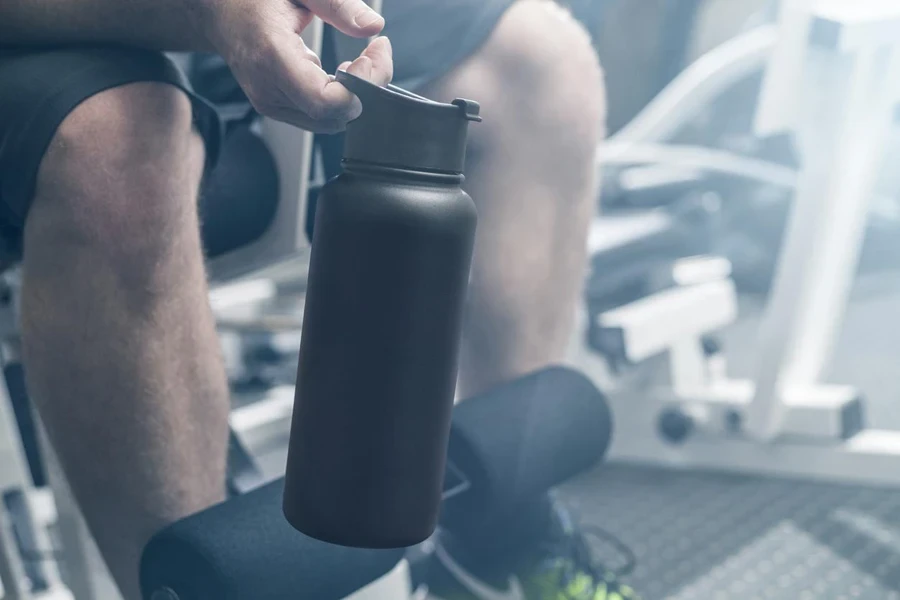
Collapsible and other innovative types:
Collapsible water bottles represent a significant innovation in the water bottle market, offering unmatched convenience for activities like hiking, backpacking, and travel. These bottles can be easily compressed when empty, saving valuable space in backpacks or travel bags. It is also highlighted that their utility in scenarios where weight and space are crucial considerations. Besides collapsible bottles, other innovative types include those with integrated filtration systems, offering safe drinking water in environments where water quality is a concern. These innovative designs are increasingly catering to the specific and varied needs of modern consumers.
Each type of water bottle comes with its unique set of features and considerations. Understanding these can help consumers make informed choices based on their individual needs and values, whether prioritizing health, environmental impact, convenience, or durability.
3. Things to consider when selecting products
Purpose and usage:
Choosing the right water bottle heavily depends on the intended use. For sports enthusiasts, bottles with easy access like sports caps or straw lids offer convenience during physical activities. Travelers might prefer collapsible or lightweight bottles for their portability. For daily use, a durable and stylish bottle that fits comfortably in a car cup holder or a work bag is ideal. Considering the activities you most frequently engage in will guide you in selecting a water bottle that best suits your lifestyle.
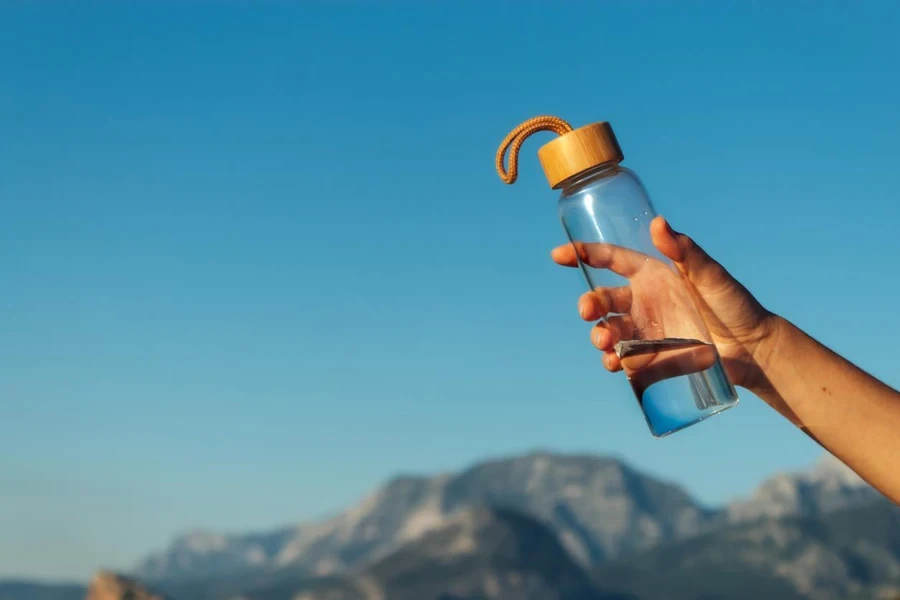
Health and safety:
The safety of the materials used in water bottles is a primary concern. Consumers are increasingly wary of bottles containing BPA and other harmful chemicals. It is essential to look for bottles made from non-toxic materials like BPA-free plastics, food-grade stainless steel, or lead-free glass. Checking for certifications and compliance with health standards can ensure that the water bottle you choose does not compromise your health.
Environmental impact:
Sustainability is a crucial factor in the selection of water bottles. Eco-friendly options include reusable bottles made from recycled materials, biodegradable plastics, or sustainably sourced materials. Choosing a reusable water bottle over single-use plastic bottles significantly reduces environmental waste and carbon footprint, aligning with the global shift towards more sustainable consumer habits.
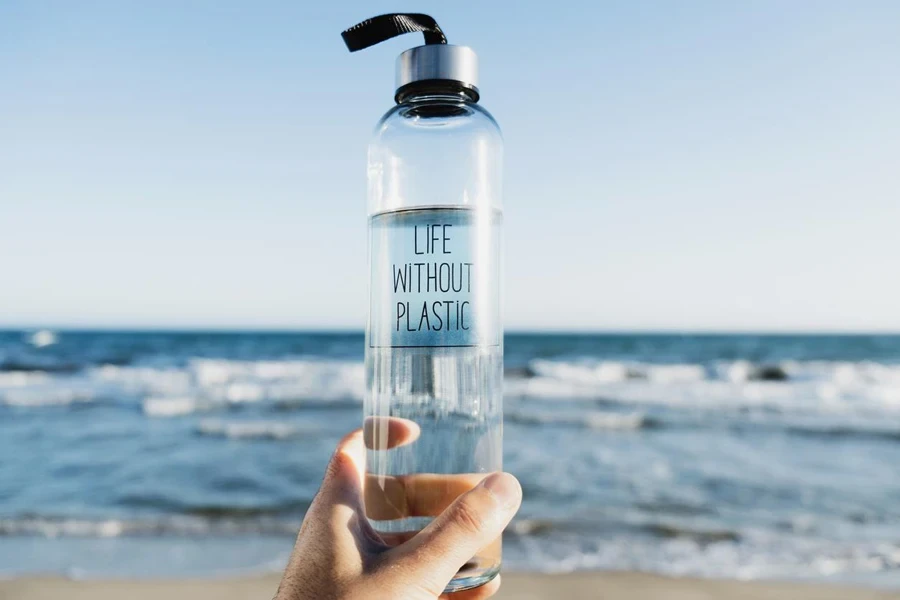
Design and features:
Design elements play a crucial role in the functionality of water bottles. Insulated bottles, for instance, are ideal for keeping drinks at the desired temperature for extended periods. The ease of cleaning, particularly for bottles with narrow mouths or complex lid designs, is another important consideration. The durability of the bottle, its resistance to leaks, and the type of mouth design (narrow vs. wide) should align with personal preferences and usage scenarios. It emphasizes the importance of choosing a design that fits your specific needs, whether it’s for rugged outdoor adventures or for casual daily hydration.
Brand reputation and reviews:
The reputation of a brand and the reviews from other consumers can provide invaluable insights into the quality and reliability of a water bottle. As advised, researching and reading reviews can reveal a product’s real-world performance, durability, and potential issues. Reputable brands often guarantee quality and offer better customer support, warranties, and return policies. Trustworthy reviews, both professional and from consumers, can guide you toward making a well-informed decision that aligns with your hydration needs and values.
Conclusion
Selecting the right water bottle in 2024 is an exercise in balancing personal needs, health considerations, environmental impact, and lifestyle compatibility. The market’s growth and the variety of options available, from durable stainless steel to eco-friendly collapsible designs, reflect a broad spectrum of consumer preferences and needs. With health and safety at the forefront, choosing BPA-free and non-toxic materials has become paramount. The increasing emphasis on sustainability also guides consumers towards eco-friendly choices, aligning personal hydration needs with environmental stewardship. Ultimately, informed decision-making, grounded in an understanding of the various types, designs, and materials of water bottles, is crucial. This approach ensures that the choice not only caters to individual preferences and activities but also contributes positively to health and environmental well-being.
